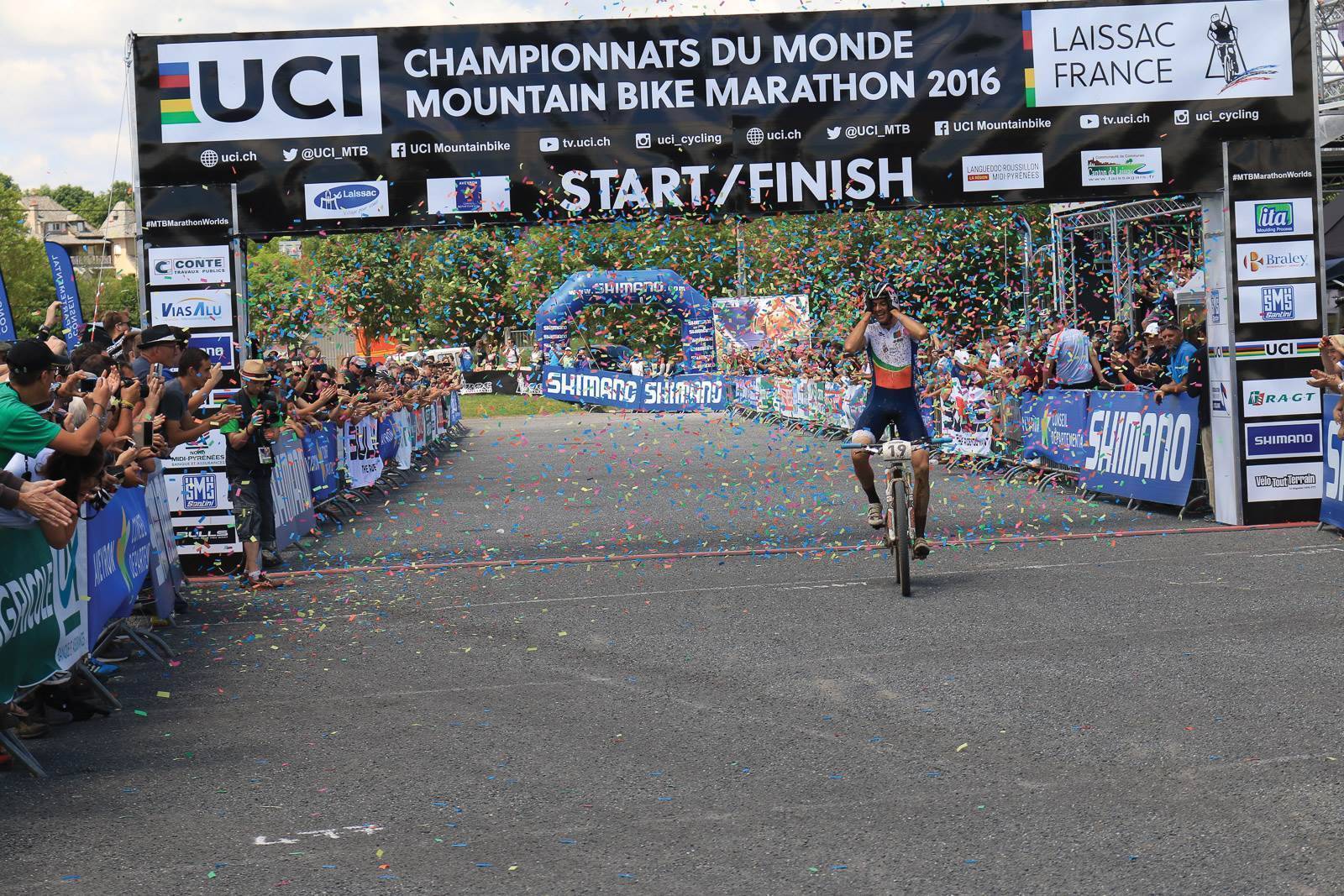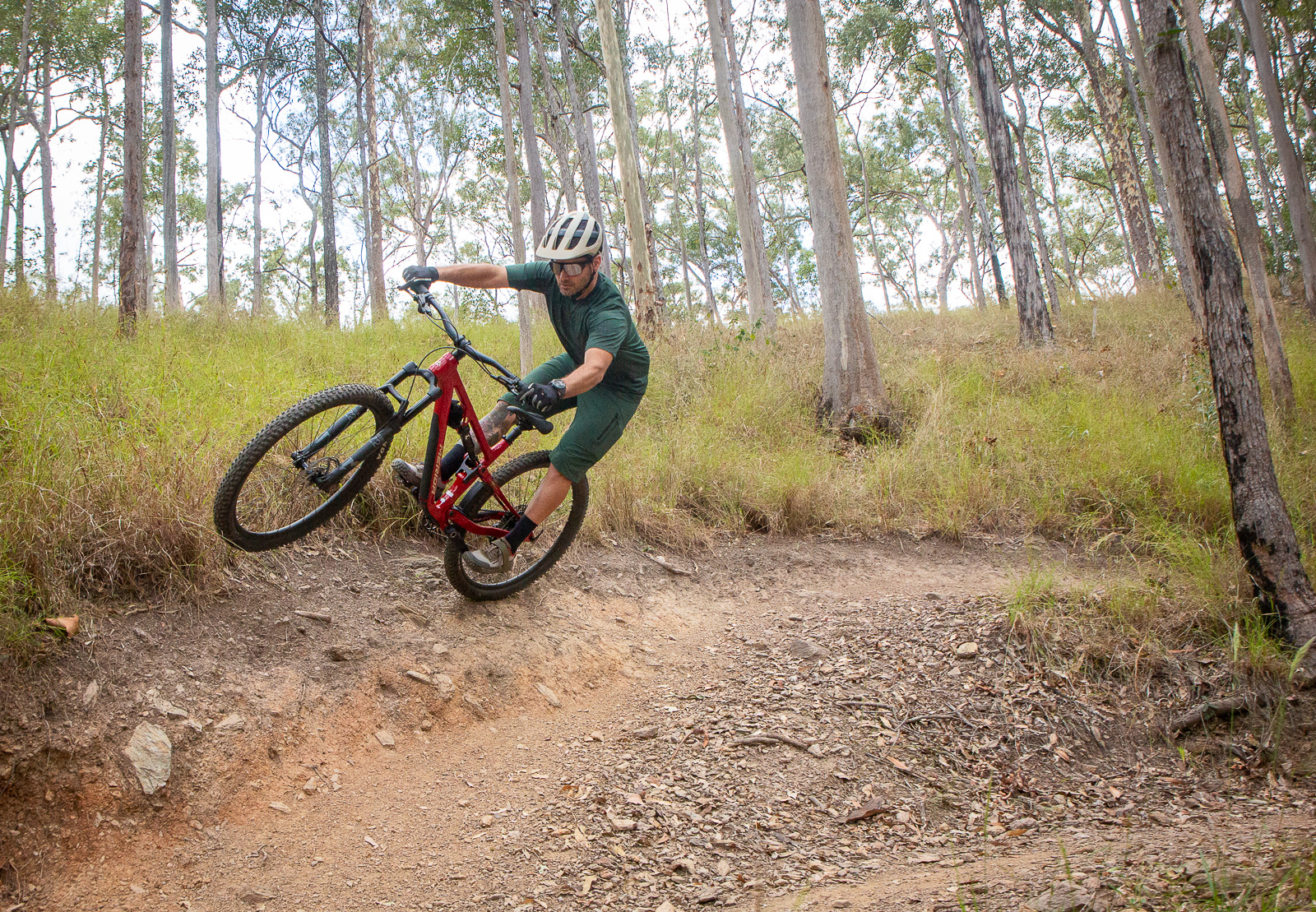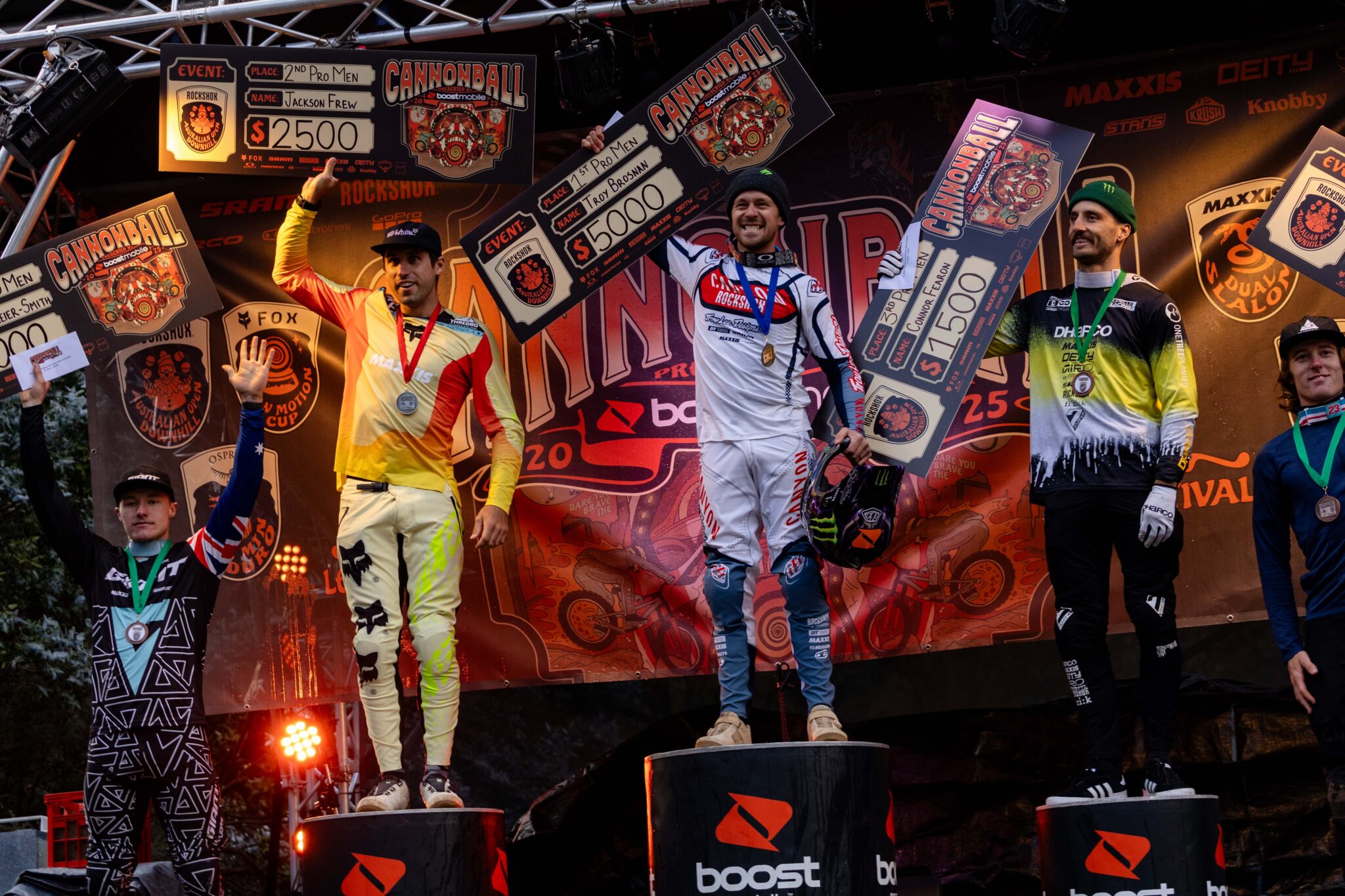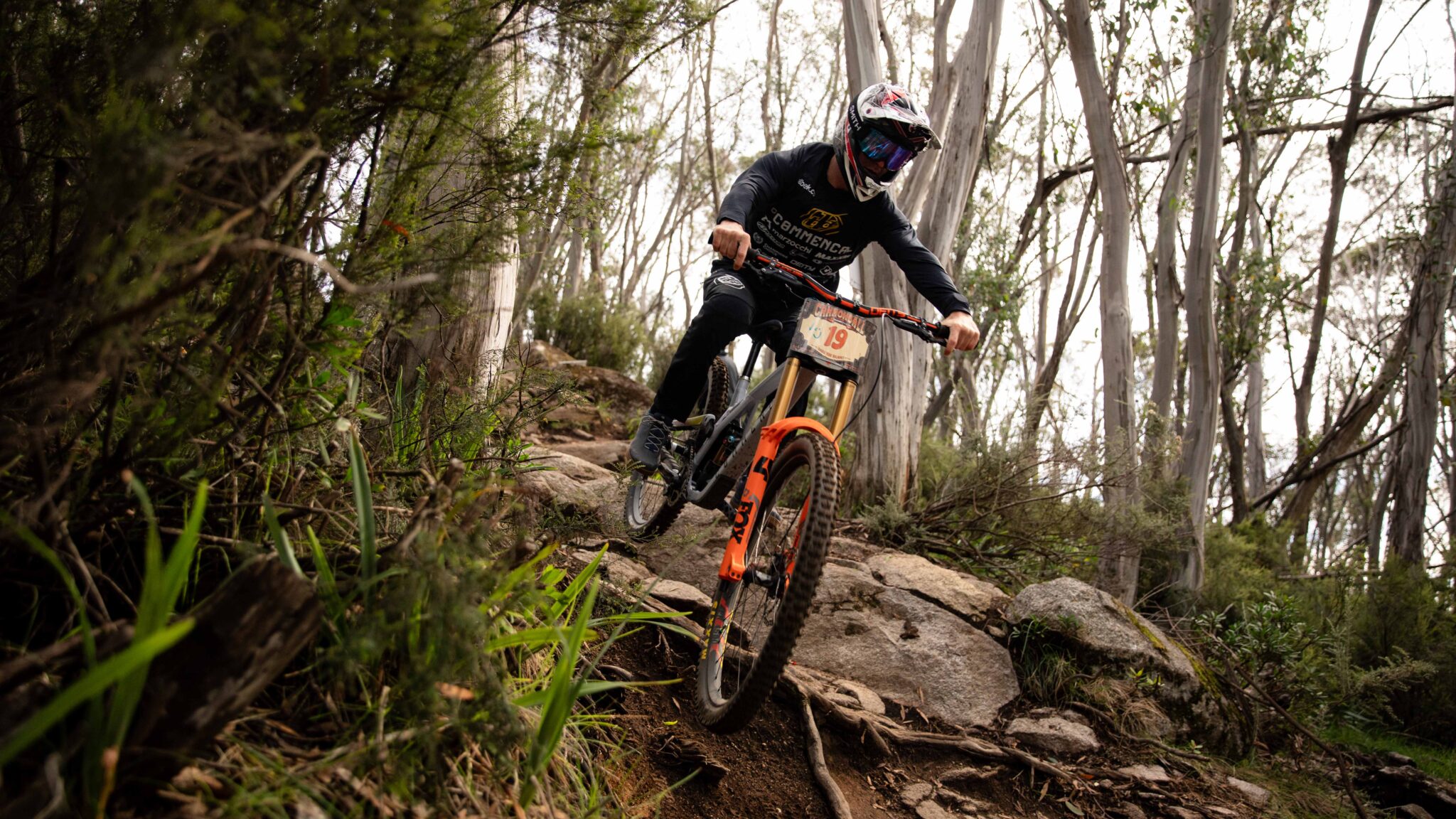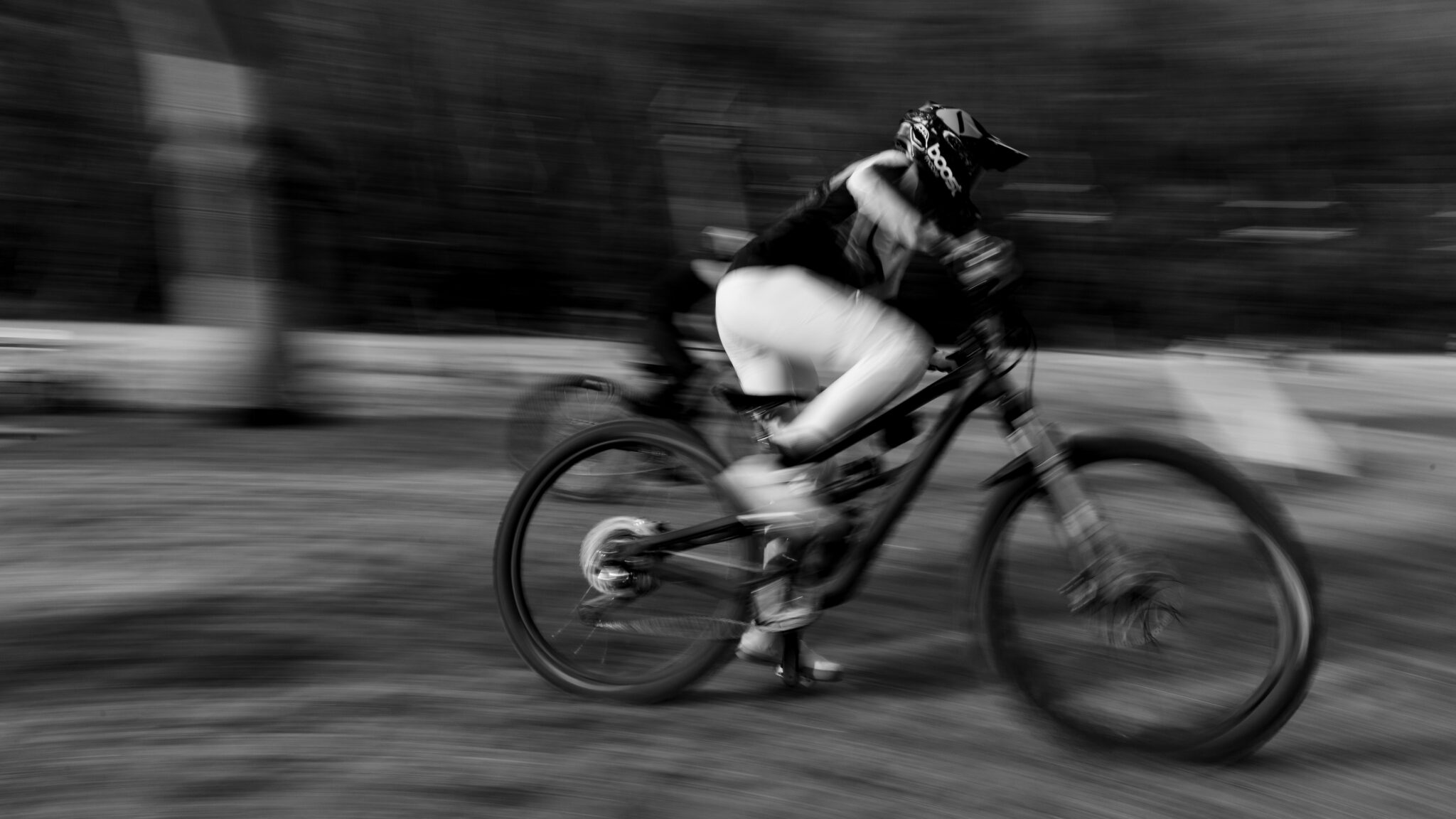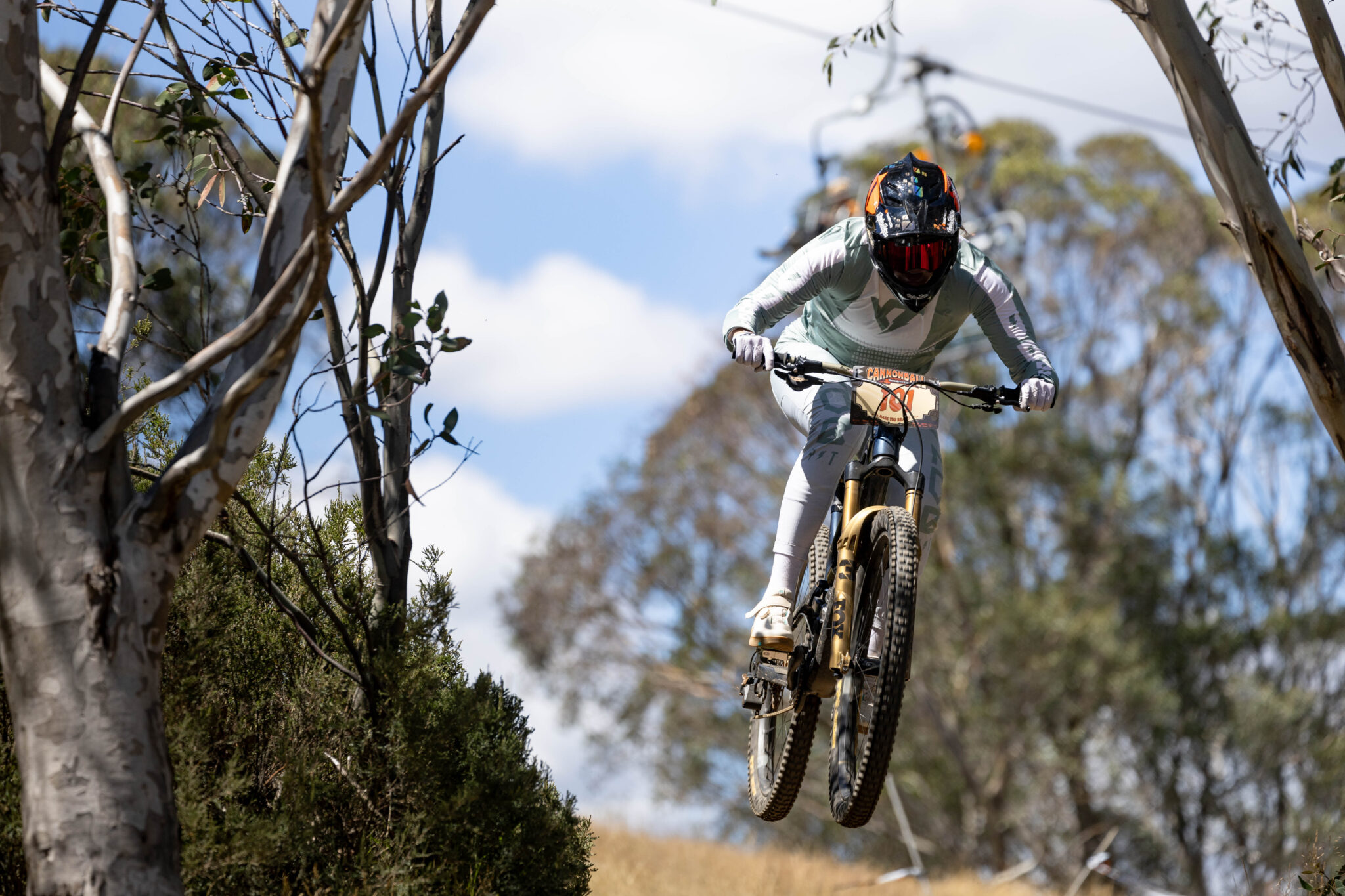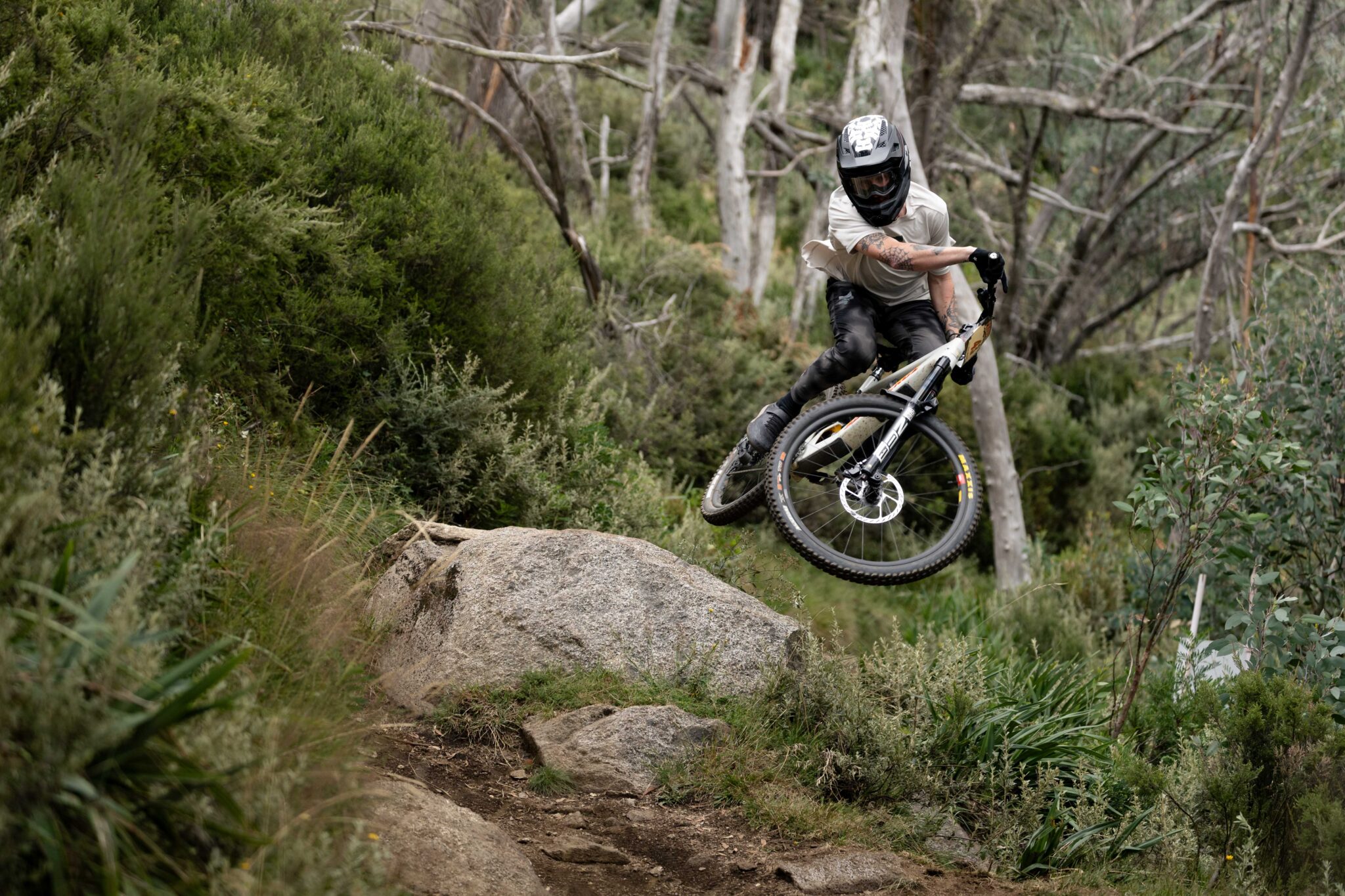Australians at the 2016 XCM World Championships
As final selections for the Olympic squad were being made, one of the biggest Aussie MTB teams for years quietly travelled over to Laissac, in southern central France, to compete in the UCI Cross Country Marathon (XCM) MTB World Champs.
One of the smaller incarnations of our sport, XCM receives little media attention or support. We got in touch with every member of the Aussie team who raced at the World Championships this year to find out more about what drives them and what competition in one of mountain biking’s most gruelling events was like at the pointiest end the sport has to offer.
What drives our best XCM racers?
While seven racers were selected, in the end five raced – four women: Jenni King, Imogen Smith, Anna Beck, and Briony Mattocks, plus Chris Hellman in the men’s event. All of them have different levels of experience and come from different racing backgrounds, so all had different motivations for going all the way to France to race. For Jenni King, the most experienced racer in the team, with over 15 years’ of international racing experience, it was about fulfilling a long-standing goal to compete in a World Championship event: ‘I have always wanted to race a World Championship, whether it be XCO or XCM,’ said King. ‘I have qualified for a few in the past but never attended due injury, funds, time and all the other factors that I’m sure most athletes can relate to. I’m glad I chose to go to the Marathon Worlds – Although I wasn’t in my greatest form, I really enjoyed the experience’.
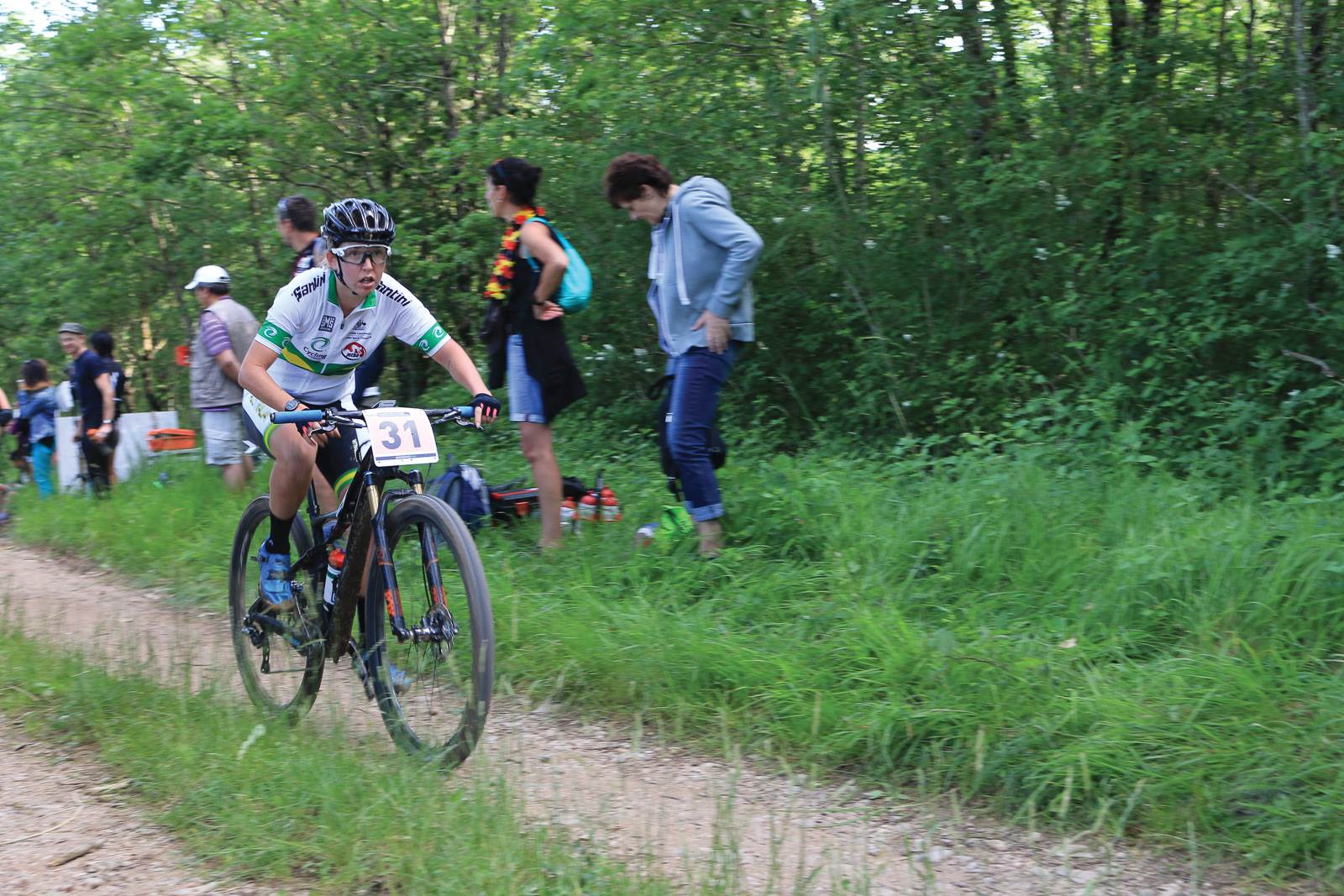
Anna Beck also wanted to compete in a World Championship event, and took advantange of the more accessible qualification criteria that XCM offered in comparison to her pet event, XCO. ‘It’s a huge goal to get to a World Championship event,’ said Beck. ‘And to do so in XCO would mean travel to European XCO races consistently, and a whole other gamut of personal and financial sacrifices I can’t justify making as a working mother with a whole host of other responsibilities on the side and a finite amount of cash. Yes, I prefer XCO, and to be honest it suits me more as a rider. The ability, however, to get to a World Championship event in an awesome part of the world, not at altitude (to have half a chance of a decent result), without having to remortgage the house and end up divorced seemed to be a good middle ground to take.’
Smith and Mattocks, the other two women making up the team, saw the XCM World Championships as a development opportunity – having raced successfully over the last few years, both wanted to see how their abilities stacked up on the World stage.
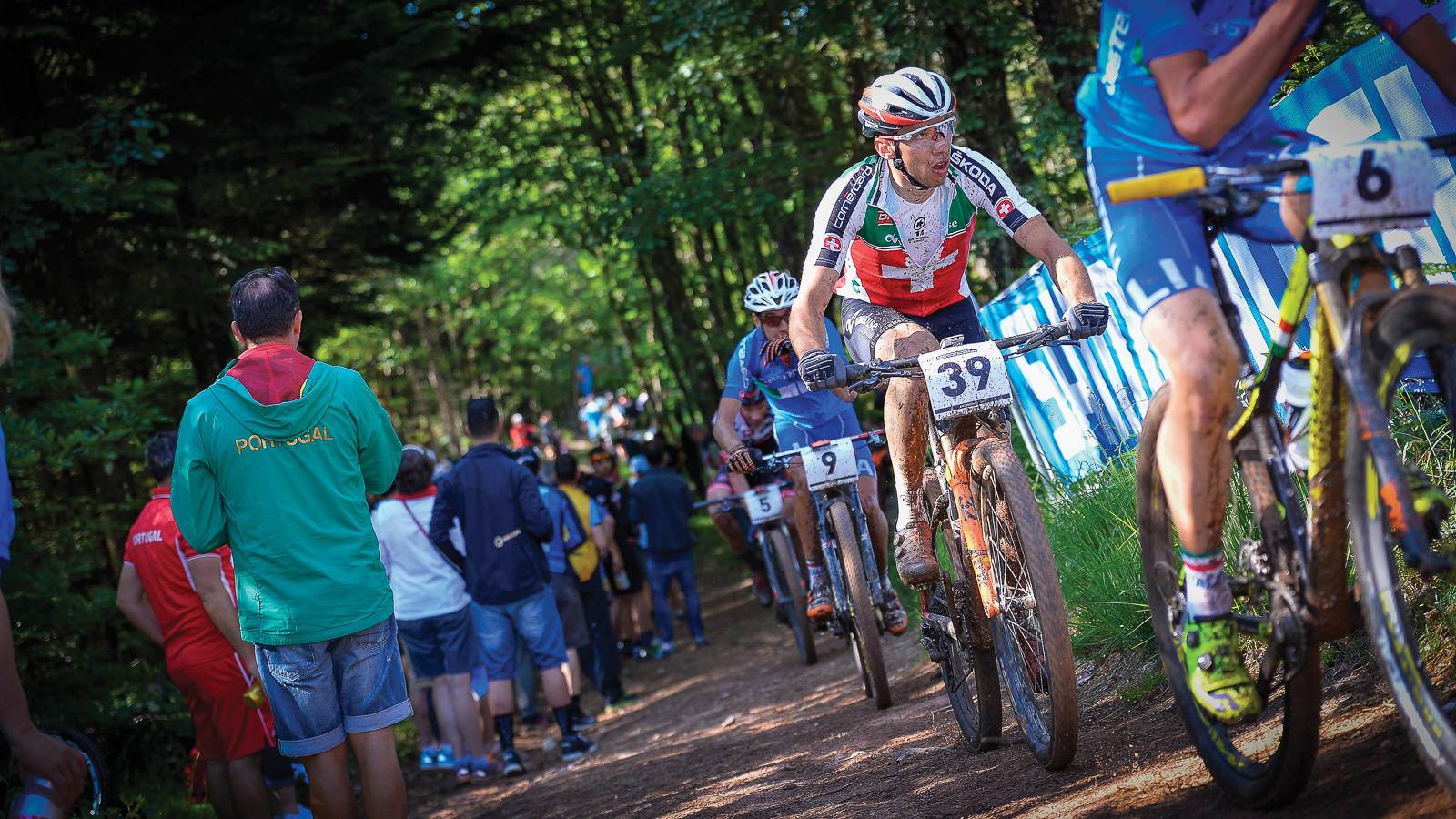
Mattocks is a relative newcomer to the sport. After getting serious in 2014, she’s dedicated herself to the XCM discipline and quickly posted some strong results. ‘XCM Champs was always a goal, but one that sat squarely in the “longer term” bucket,’ said Mattocks. ‘After a few good results this year I started to think I had it in me to qualify and race over in France, so worked really hard to put in a good performance at the National Series round in Alice Springs and at the Australian National Championships in Derby. Now that I have had a taste of racing overseas and at XCM Champs, it will probably be a goal for a few years to come!’
Smith has more experience, particularly in gruelling marathon stage races like Transalp, the Crocodile Trophy, and the Swiss Epic. For her it was about getting into the midst of racing that she’d not been able to experience: ‘I love going to Europe to race but for three years in a row I went over and just did stage races, in the mixed category, so outside of the UCI-ranked (women’s and men’s) teams,’ she said. ‘At the Swiss Epic last year, which was a UCI HC-ranked race, I was riding up there with some of the top women’s teams and wondered how I would fit in at that level. Things just evolved from there’.
While most of our top XCM women qualified for the team, Australian men’s racing panned out differently. With Rio coming up, our typical favourites like Brendan Johnston and Scott Bowden, who was third at our National Championships, chose to dedicate themselves to the XCO schedule. Still, with such strong contenders racing and stringent selection criteria, Chris Hellman says he took an ‘opportunistic’ approach to selection. With a long-held passion for XCM racing, but years of bad luck with health and injury, Hellman qualified for the team not by posting top results in Australia, but by achieving a top-20 finish in a UCI World Series event. ‘I identified a suitable UCI World Series race (Nuvali Dirt in the Philippines) which fit in with my schedule and didn’t require the level of investment that a trip to Europe would require,’ he said. ‘I guess the coming together of favourable circumstances meant that I decided to take the risk and give it a go, knowing that if I didn’t make it this time, it might never happen,’ said Chris.
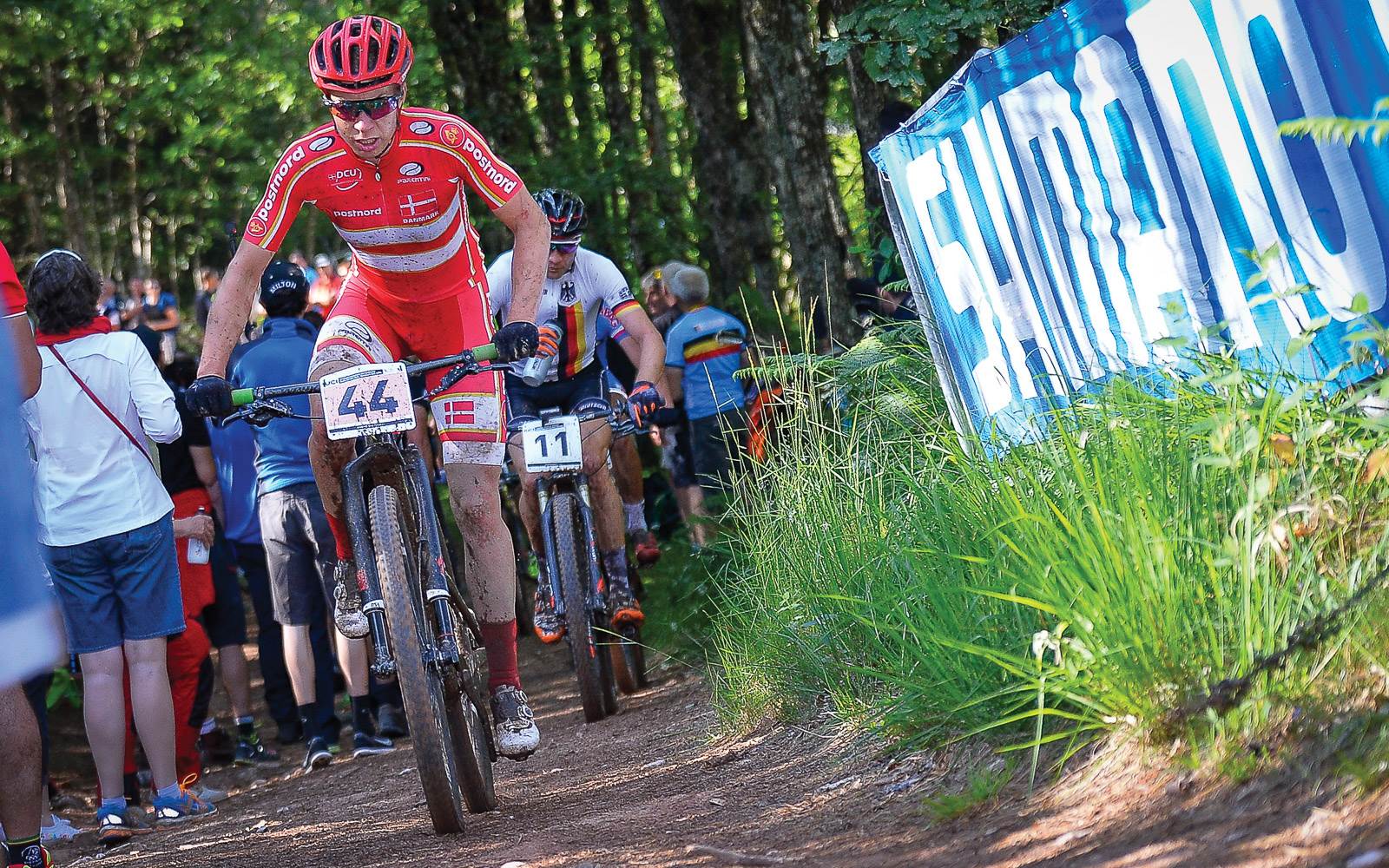
World Championship vibes
Over in France, the Aussie team, who all made their own way over to race, were greeted with a village alive with the event. Laissac in the picturesque Aveyron region, is a rural town surrounded by rolling fields and forest, and with a population of just 1,500. The event brought in thousands upon thousands more – spectators from across Europe and beyond, support teams, families, and of course, mountain bikers. ‘France was unreal,’ said Mattocks. ‘The vibe in the town of Laissac in the days leading up to the race was great (there is apparently no such thing as excessive use of national flags) and seeing the big, official UCI start chute really hammered it home that we were about to race World Champs. The crowd for the start of the race was the biggest I’ve seen, the call up of the top 30 riders lead to loud cheering each and every time.’
For most of the Aussies, the atmosphere of the race, its spectators, and location gave some insight into just how popular mountain biking could be, and how much more mainstream the sport is in many European countries. ‘In terms of atmosphere,’ said Hellman, ‘I can’t think of any race in Australia that even comes close to matching the atmosphere of not only XCM Worlds, but many of the biggest marathons in Europe. It’s entirely possible to race a marathon in Australia and only see a few spectators at the start, finish and maybe a feedzone if you’re lucky.’ For Hellman and many of the Aussie team, it was the first time they’d experienced the lift that an enthusiastic crowd can give an athlete: ‘The racing in Europe is so energising because of the huge crowds that turn up to support everyone, and they make it out to the most remote sections of the course too! I can’t even come close to counting the number of times someone shouted “Allez Australie” during the race,’ Hellman said. Smith agreed, ‘I love Australia and I love our racing scene, but I’ve done a number of European marathons now and they are all huge emotional and physical experiences beyond anything I’ve ever done in Australia (and I’ve done a lot). It’s partly geological – there are massive mountains over there – but it’s also cultural: cycling is hugely popular, so you’ll get people camped out in unlikely places just to yell at mid-field riders and getting really, really passionate about it. I think that does a lot.’
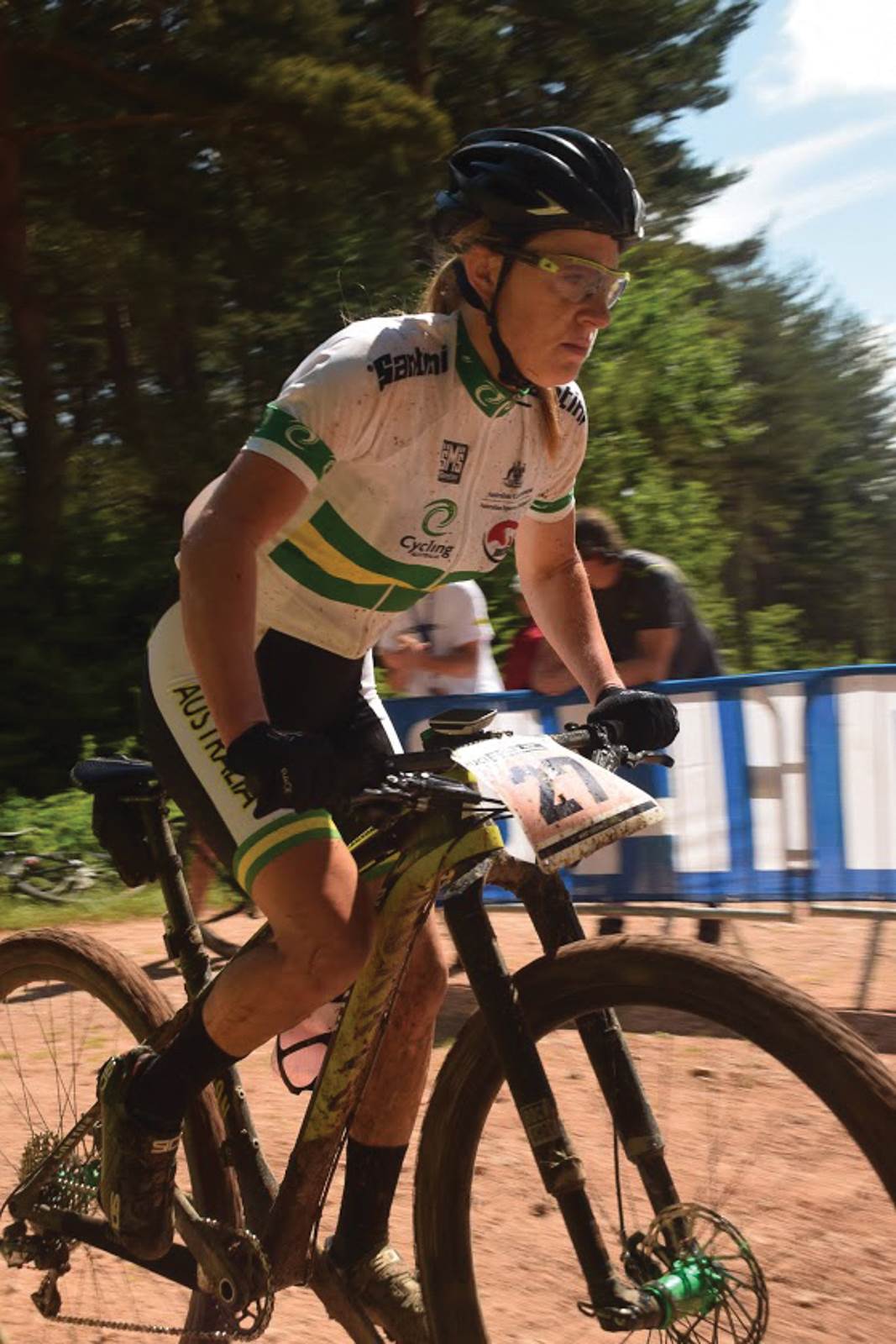
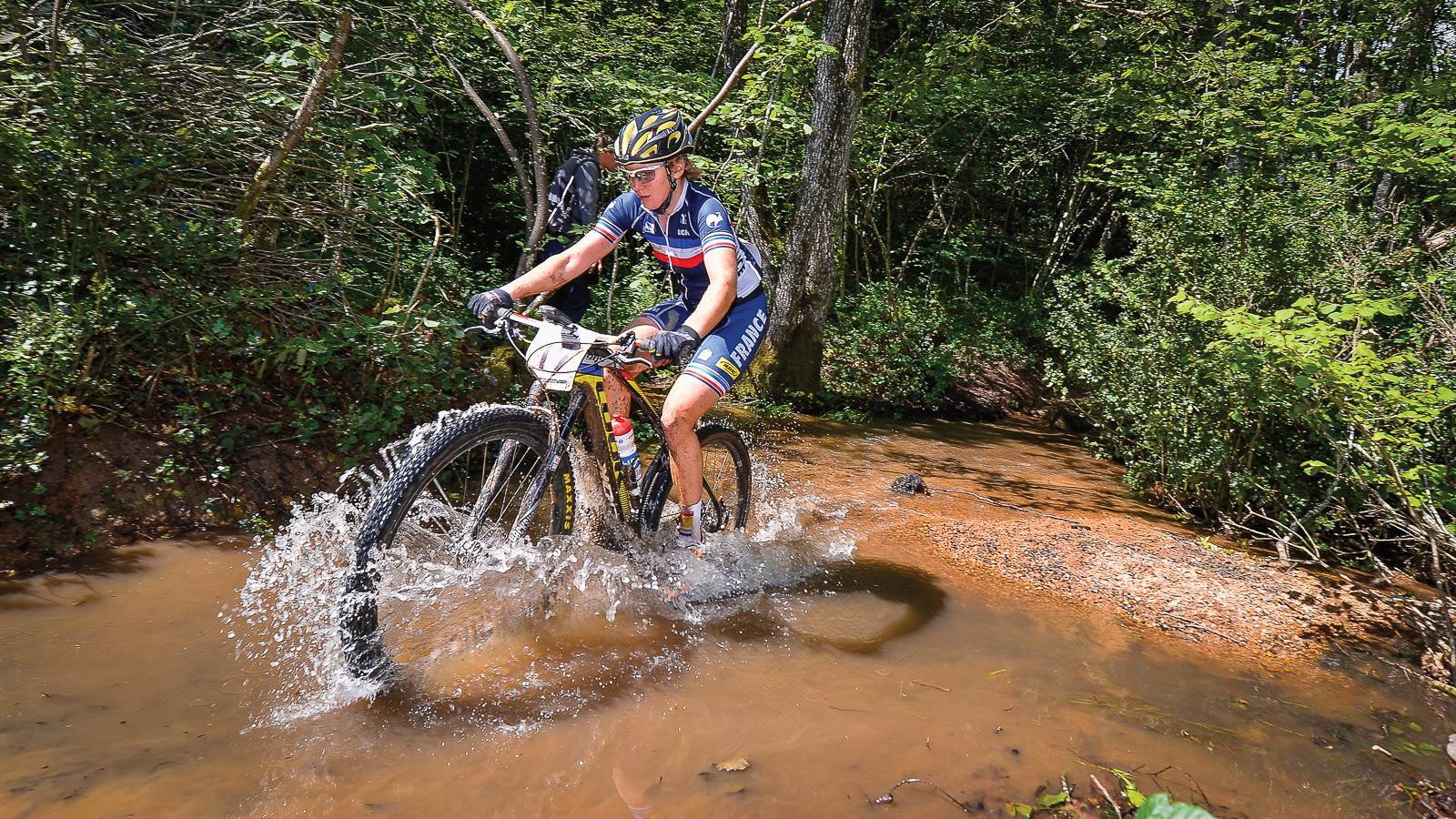
Terrain worth the trip
Courses also make up a big part of the emotional and physical experience of racing, and for our Australian XCM team, Laissac also provided something of an example of what a good marathon course could look like. First, there’s the Australian obsession with 100km races, as Anna Beck explained – ‘Australia loves three digits, for some reason it needs to be 100km. In Europe they keep it real; make it harder and shorter in distance—for example the World Championship course was 69km with 2500m elevation.’ Then there was the trails, which, although a little different from what we’re used to riding, was popular with the Aussie team. ‘Australian XCM races vary as much as the Australian terrain, but there is a huge shift towards using mountain bike parks and machine built trail. This has its place, but… I prefer more natural trail, and Laissac really showcased goat track singletrack, and then there was cobbled paths, paddocks, fire-roads and boggy mud sections to tie it all together,’ said Beck.
XCM – a growth sport for women?
That so many women competed in our Aussie team compared to most years, where one or two have nominated to go, raises the question of female representation in Australia. While mountain biking seems incredibly popular among women in Australia, racing in competition for women does not. Could it be that female racers are finally falling in love with XCM? ‘I’ve seen numbers of women racing MTB ebb and flow over the last 15 years and even the last three or four years since I came back from a long break,’ said Smith, who remains a little doubtful, even if hopeful of seeing bigger fields. ‘I think at the moment there’s strong interest in XCM racing from a small group of women and I also think that the standard is higher than it’s been for a number of years. That said, our fields always stay pretty modest – “growth” might mean twelve instead of eight competitors, and some of our national rounds are lucky to attract a handful in the elite women’s category, which is a terrible shame, but understandable. XCM is a very demanding sport – and racing is least of that – you need time to put in big rides, time and money to maintain a bike that’s getting throttled, time and money to travel, flexible work and family – these things are hard to come by and I always feel lucky that, for now at least, I can make it stick together.’
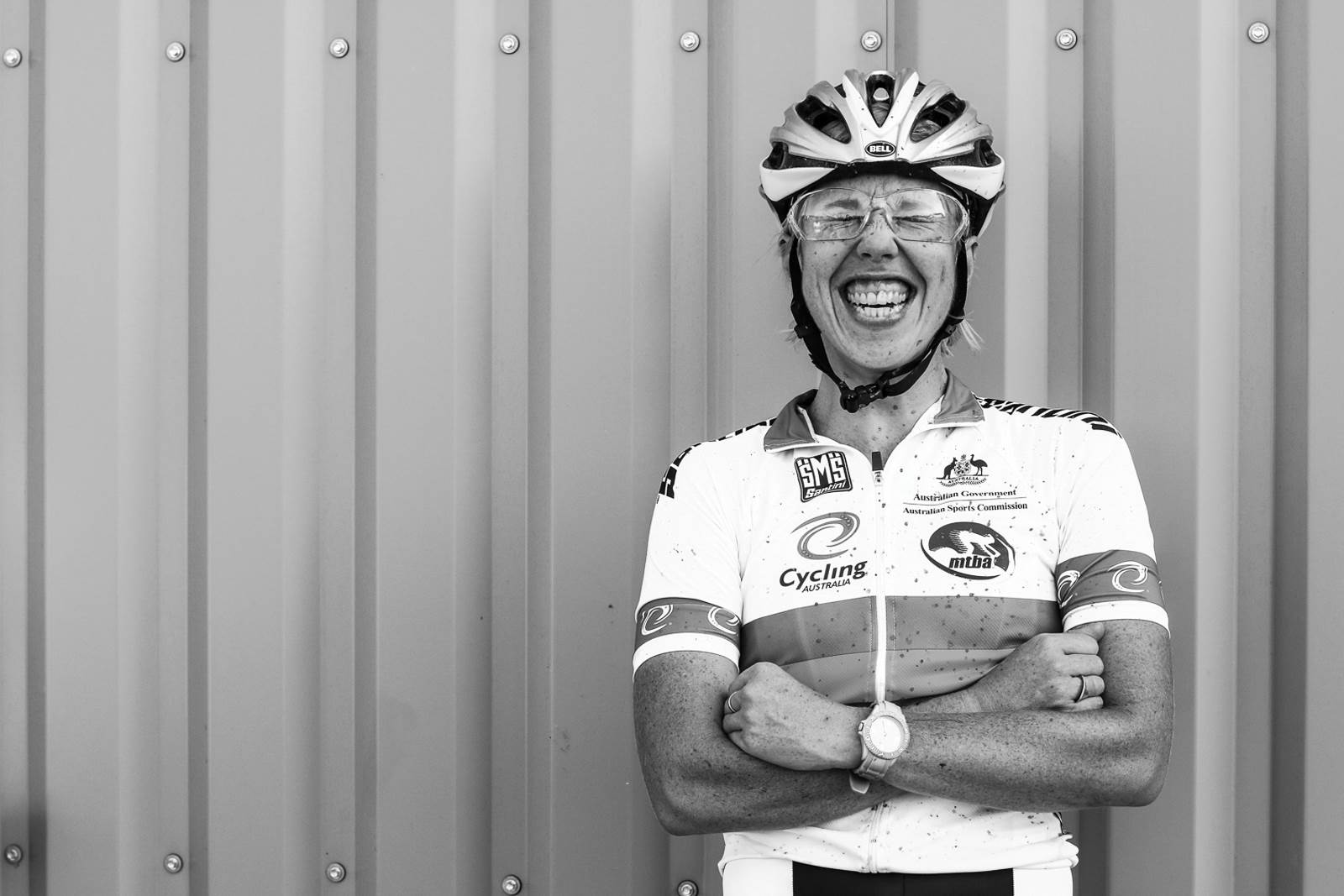
Funding and representation
Smith, like all the team, funded all their travel and racing costs themselves. Self-funded representation at the World Championship level must always raise questions about the level of support that athletes receive. As Beck points out, in mountain biking in Australia, ‘funding is limited and at a high performance level funding is restricted to junior athletes’. XCM is not an Olympic sport (and dollars are so often allocated in proportion to a discipline’s capacity to win medals), and the youngest competitor in the Aussie team at XCM Worlds was 30 (it’s quite normal that riders only find their endurance legs after years of racing). This year, team members were given a set of Aussie kit (in men’s sizes for the women, so many had to get theirs altered), and no other support apart from a volunteer Team Manager and whatever their relatives and partners (also self-funded) could provide on the side of the track. While European nations fielded large teams, many with mechanical, physical, and financial support, our Aussies coped with what they had. It’s little wonder a contingent of five athletes is considered large. Said Hellman, ‘I don’t know whether it comes down to the lack of support by MTBA and/or personal sponsors, a lack of awareness by Australian athletes, the expense associated with travel, the length of travel, the lack of professional marathon-oriented trade teams in Australia or something else. I can understand why European countries have big teams in attendance, especially when the race is in Europe, but I can’t understand why there aren’t more Australians that make it a target. Australia has huge depth in marathon mountain biking and some exceptional athletes and I’d love to see them racing XCM Worlds.’
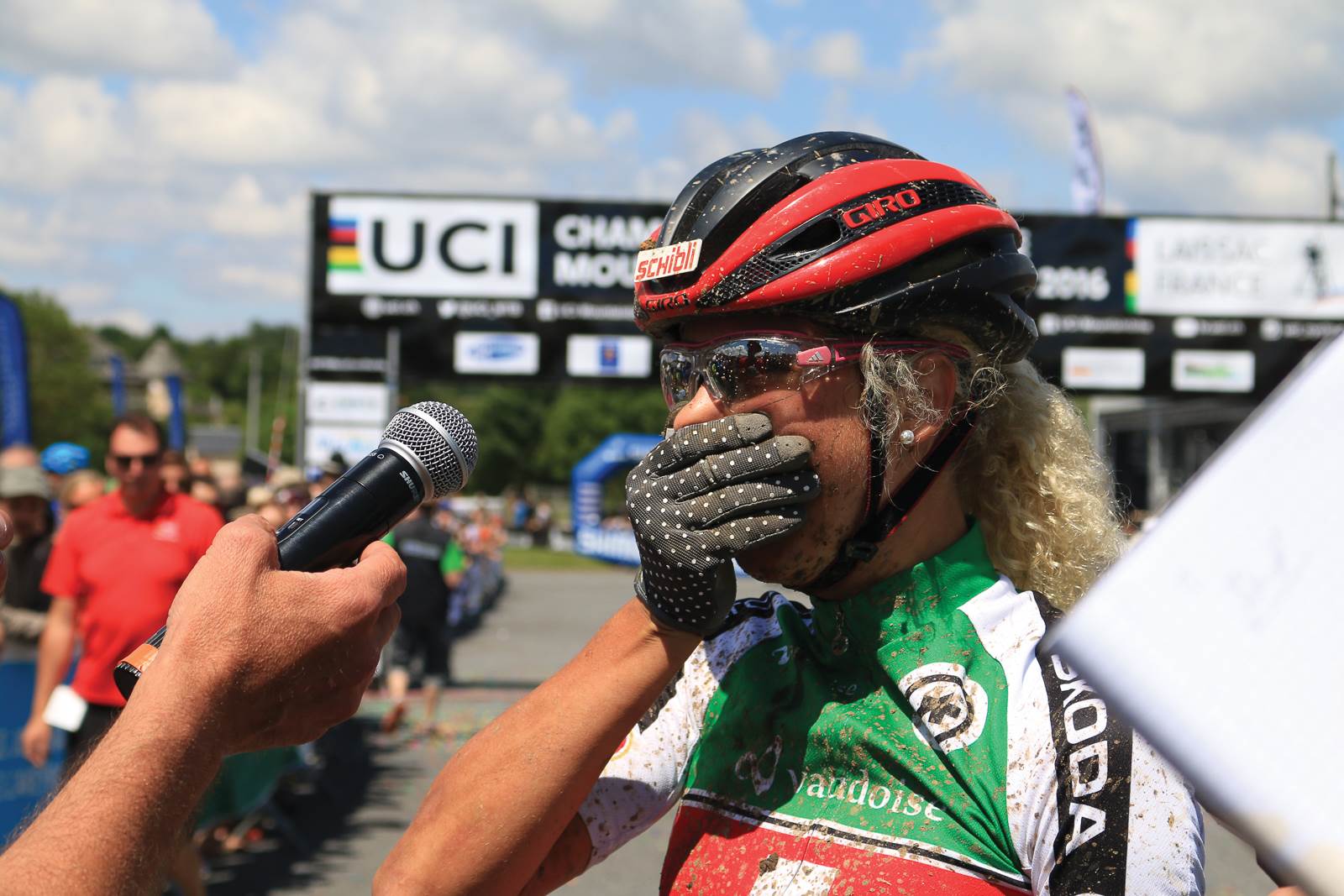
By all accounts the 2016 XCM team’s campaign was a successful one, with Smith and Beck earning top 30 results (hitting MTBA’s targets), and Smith, in particular posting a standout debut performance in 20th. While the vagaries and constraints of racing a small discipline in a distant country are unlikely to change, we’re looking forward to watching the development of XCM in coming years, particularly with larger women’s fields and more racers looking to take opportunities to represent their country in the vibrant European and World racing scenes.
